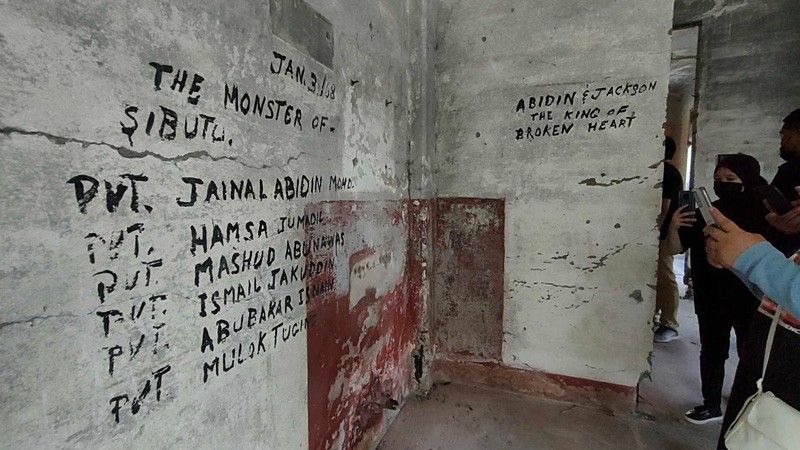54 years after, Moros become living proof of often contested Jabidah Massacre

CAVITE, Philippines — Fifty-four years ago here on an island west of Manila called Corregidor, a gruesome massacre of young Moro men happened at the hands of government forces that initially trained them for the late strongman Ferdinand Marcos’ clandestine plan to take Sabah from Malaysia.
The killings of at least 28 recruits for a special commando unit named Jabidah is called a historical injustice by Moro advocacy groups and dismissed as an anti-Marcos hoax by ardent supporters of the deposed leader.
Denials of this incident that triggered the Moro liberation movement run rampant, primarily because of the lack of evidence on the massacre, which some accounts say were neatly covered up by the military by burning remains and dumping them into Manila Bay.
Journalists Marites Dañguilan Vitug and Glenda Gloria wrote in their 2000 book “Under the Crescent Moon: Rebellion in Mindanao” that eight officers and 16 enlisted men were cleared in 1971 in court martial proceedings, while congressional probes on the killings yielded inconclusive findings.
But for the Bangsamoro people who gathered in Corregidor at the site where their ancestors were said to have been killed, now called the Mindanao Garden of Peace, there is no greater proof of the massacre than their decades-long struggle for self-determination.
“It galvanized the unity of the Bangsamoro people and strengthened the liberation movement,”said Hussein Muñoz, public order and safety minister of the Bangsamoro Autonomous Region in Muslim Mindanao, told Philstar.com at the sidelines of the commemoration. “And the rest is history.”
For Bangsamoro parliament member Marjanie Macasalong, the Jabidah Massacre birthed their struggle for self-determination.
“Our fight for self-determination is not without basis, but is based on history that happened before,” Macasalong, who is also chairperson of the Bangsamoro Youth Commission, told Philstar.com partly in Filipino.
Tirmizy Abdullah, a professor at the history department of Mindanao State University – Marawi, said the best proof that the Jabidah Massacre happened is the government’s efforts to correct historical injustices against the Moros by engaging in peace negotiations with the Moro National Liberation Front and its breakaway group, the Moro Islamic Liberation Front, which now governs the BARMM.
Abdullah said it is expected that there are still some quarters that seek to revise or deny their history, but he maintained that the massacre is a “foundational truth” in the Bangsamoro struggle and is a “finder place” of their youth in the country and in the world.
“Everyone who went here is proof that the Jabidah Massacre did happen,” he told Philstar.com partly in Filipino.
- Latest
- Trending


























